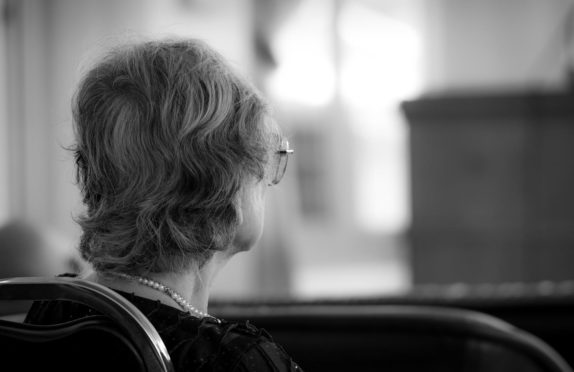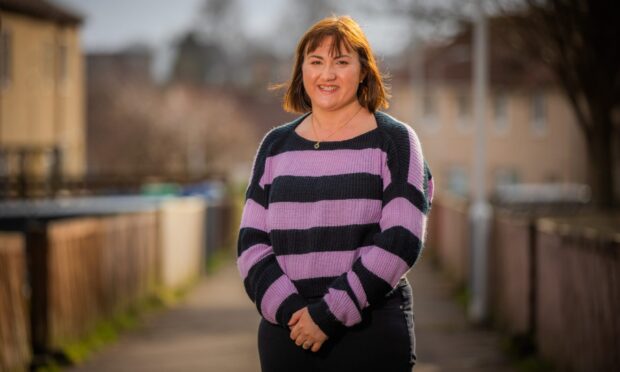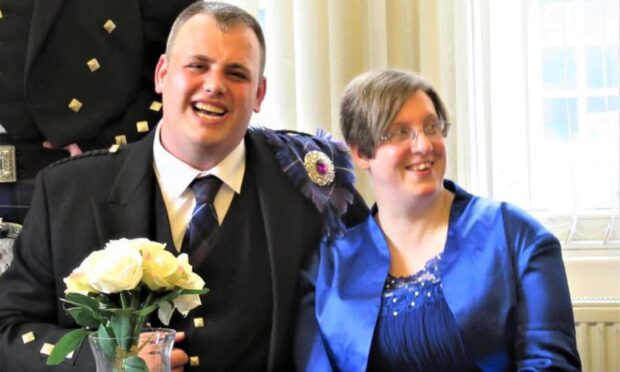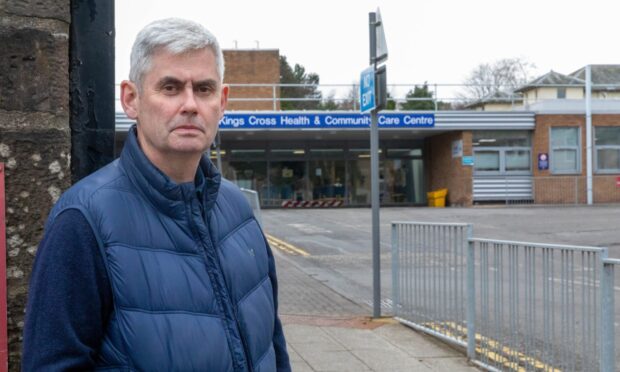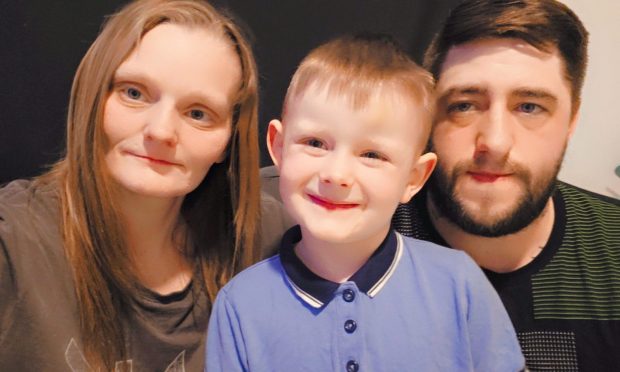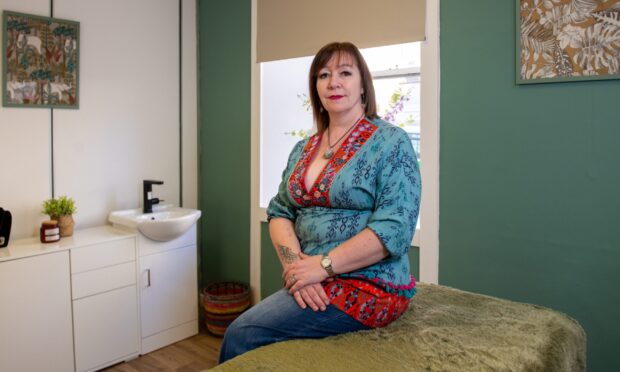There has been a huge spike in the number of vulnerable Tayside and Fife patients with conditions such as dementia trapped in hospital despite being fit to leave.
Termed ‘code 9’ patients, they often have complex health needs and local authorities can struggle to find a safe residence outside of hospital.
Delayed discharge among such patients has been falling since the pandemic hit but there has been a big increase in March and April this year.
It’s now at the highest level in four years in Fife and the highest in three years in Perth & Kinross and Dundee.
In Angus the numbers have fallen since last year.
Which patients are classified ‘code 9’?
Patients are code 9 if a court order is needed for guardianship, they need specialist residential care that is not currently available or there is no homecare package available.
When the pandemic struck last spring, thousands of beds were freed up and the Scottish Government said it would be an opportunity to tackle delayed discharge for good.
But Scottish Conservative North East MSP Maurice Golden says the sudden surge in spring shows the problem has returned.
He said: “These are among the most vulnerable patients in society, and they risk being forgotten about.
“Clearly efforts to tackle delayed discharge locally and nationally haven’t worked for them, as the problem occupied more bed days in March and April than at any point in the last three years.
“That shows there’s an issue and it’s one that needs fixed urgently.
“The Scottish Government and council need to get their heads together to find a solution.
“These are vulnerable patients who are fit to leave hospital but have nowhere to go, and the longer they remain in hospital, the worse it is for everyone. More needs to be done.”
What is being done to tackle this?
NHS Tayside is responsible for mental health and learning disability patient discharges.
The health board says the issue is complicated but is being treated as a priority.
A spokesperson said: “Discharge from inpatient mental health specialities, which include general adult psychiatry, psychiatry of old age and learning disability services, can be delayed for a number of reasons.
“This includes when waiting for admission to care homes, social care assessment, provision of equipment or care at home services, specialist care and treatment outwith the local board area and housing solutions for people with complex care requirements.
“There are particular challenges within our learning disability inpatient services where patients may experience lengthy delays due to highly complex health and care needs.
“The effective management of delayed discharges is also a priority for each of the Health and Social Care Partnerships in the NHS Tayside area and collaborative working takes place across mental health and social care services to promote current community service provision and future care requirements to ensure support and timely discharge from hospital.”
‘Majority have complex needs’
The Dundee Health & Social Care Partnership says it is doing everything it can to help the elderly and vulnerable leave hospital safely.
A spokesperson said: “As a partnership we aim to ensure citizens of Dundee are supported at home, and when people do have to go to hospital they are only there as long as they need to be.
“As a result of ongoing service redesign and partnership approaches, the majority of patients accessing acute care are supported to return home in line with their planned discharged date.”
The spokesperson added there are many initiatives in place to support older people so they can leave hospital and said the organisation is investing in community supports to meet those with complex needs.
Range of options available
Perth & Kinross Health & Social Care Partnership says arranging post-hospital care can take a long time but is done as quickly as is safe to do so.
A spokesperson said: “During planning for discharge, an assessment is made to see whether patients’ needs for support or housing have changed.
“Some people may require support to live at home and others may need to move into residential or nursing care.
“A range of options will be available for the patient and some of these take time to put in place.
“People who have very complex needs may require a high level of support from a range of services and a change to their living accommodation.
“These matters can take some time to arrange and where specialist accommodation is needed there can be delays while the right facilities are put in place.”
Lynne Garvey, head of Community Care Services at Fife Health and Social Care, stressed delayed discharges are monitored daily.
She said staff are striving to deliver more services in the community to allow more people to leave hospital.
